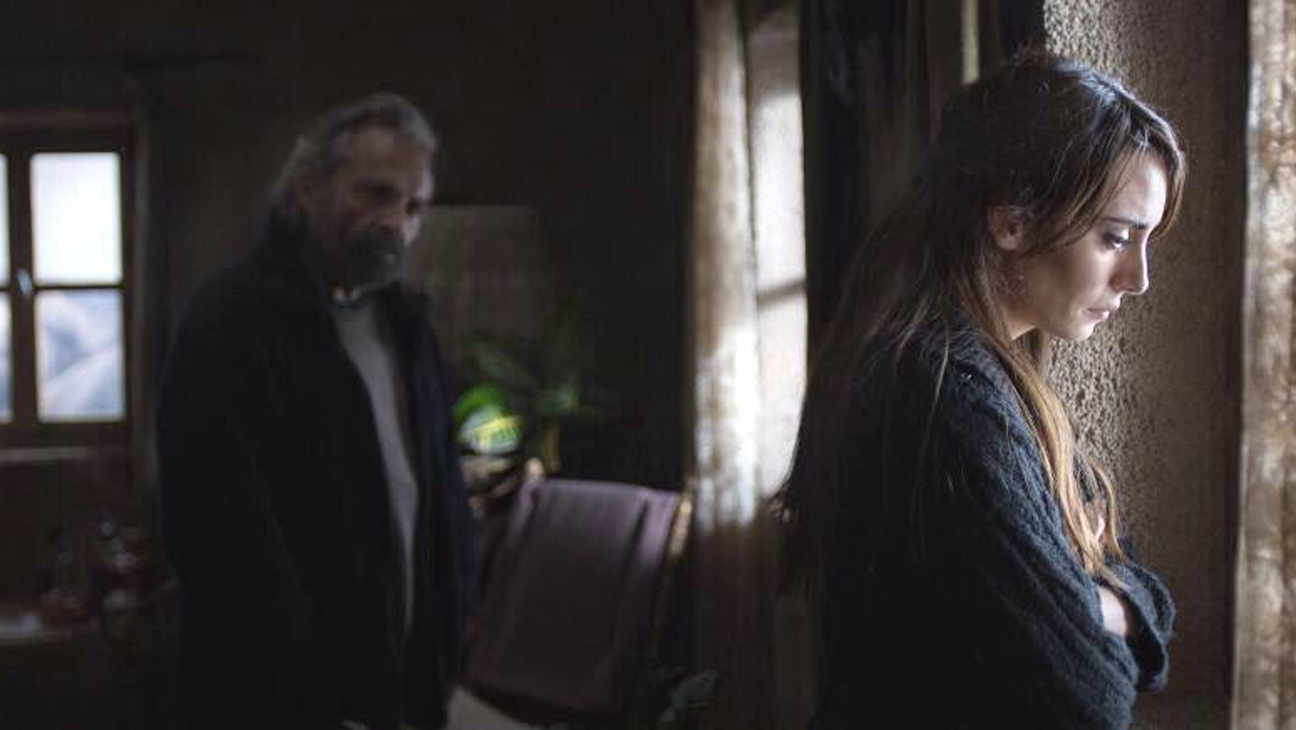
According to acclaimed Turkish film critic Asuman Suner, the first signs of New Turkish Cinema refer to the 1960s. During those years, Turkish directors who were strongly influenced by Italian neorealism started to claim similarities between dictatorships of Menderes and Mussolini and direct films akin to Italian. The situation changed after the 1980 military coup when tough censorship limited the freedom of the directors for more than 10 years.
Meanwhile, there are other critics and film historians arguing that New Turkish Cinema started in the 1990s and continues up to this day. There are several directors who represent this wave to the audience worldwide and the most acclaimed of them is Nuri Bilge Ceylan.
8. Cocoon (1995)
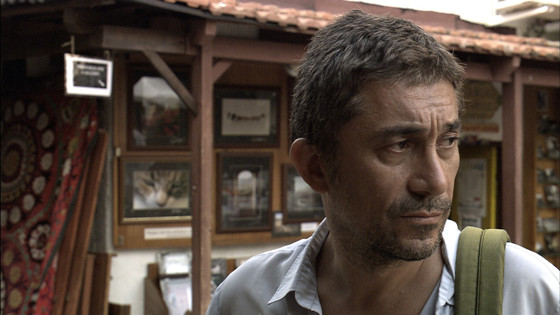
A photographer by profession, Nuri Bilge Ceylan started directing in his late 30s. “Cocoon” was his first film and it was selected in the competition program for short films at Cannes Film Festival.
The 17-minute film introduces the audience to an elderly couple and tells the story of their break-up and reunification. At the first half of the film, they are separated and the director masterfully conveys the feeling of anguish and emptiness and even panic that the characters have. At the second half of the short, the plight changes: after the wife’s return, Ceylan puts on divine music by Vyacheslav Artyomov and the sense of loneliness fades away.
The film doesn’t have any dialogue and there is no need for them. The director, who has a perfect photographic eye, expresses everything through beautiful shots of nature that are reminiscent of those by Tarkovsky. He chose his parents as main characters, whom the audience will meet in the following movies by Ceylan. The same can be said about some locations and shots that appear in the second film of the director.
It’s interesting that during the whole film, it seems to be directed by a Russian director. But Ceylan never denies the influence of Russian culture on him, and always speaks about closeness of Russian and Turkish souls.
7. Climates (2006)
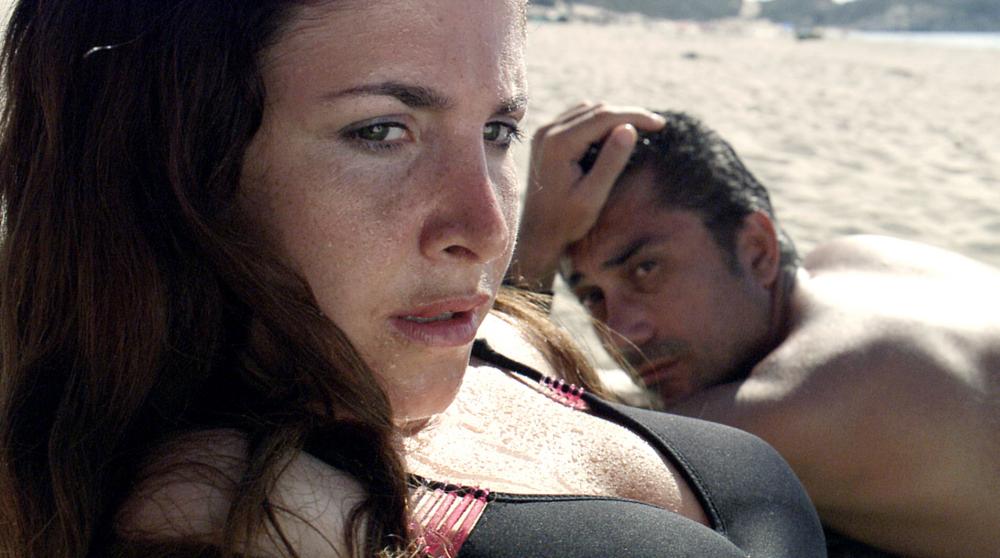
There are many movies about married couples who experince crisis in relationship or are getting devorced. While talking about such scenarios one can recall SCENES FROM A MARRIAGE (Ingmar Bergman, 1974) with its unending diolouges or FACES (John Cassavetes,, 1968) with its annoying shouts and screamings. Something completely different is captured in CLIMATES where both emotions and words are muffled.
The main characters are Isa and Bahar, who are acted by Ceylan himself and his wife Ebru. Isa in an architecture lecturer at university with an unfinished dissertation, and Bahar is working as an art director on a television series. At some point, Isa decides that they need to follow their own ways and they separate. After few months he wants to restart relations with Bahar but it’s too late, something has been broken.
As was mentioned before there are almost no dialogue between couple, which will open their thoughts and feelings to a spectator. They don’t discuss the reasons of their break-up and blame each other for things. In one of his interviews, Ceylan tries to explain why there is always a lack of expressions in his films: “The truth lies in what’s hidden, in what’s not told. Reality lies in the unspoken part of our lives… People try to protect themselves; everybody has something they want to hide. They try to hide their weak side… So it’s better without words and it allows the spectator to be more active.”
At the other extreme, it is hard to deem “Climates” as a film about marriage. Like most of the films by Ceylan, this one is also about bored and jaded intellectual who doesn’t understand what he wants from his life. His unfinished dissertation is the best indicator of his lack of motivation and unwillingness to do something. The main difference between him and Mahmud from “Distant” is that Isa hasn’t cloistered himself and continues communication with the world outside. But this makes him more vulnerable and allows him to hurt people surrounding him, Bahar in particular .
6. The Small Town (1997)
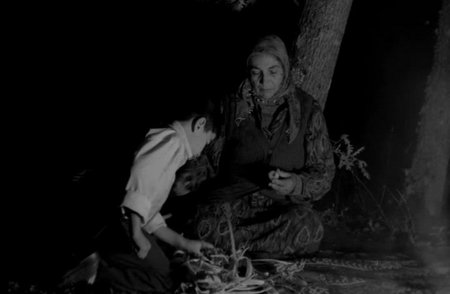
“The Small Town” is the first feature length movie of the director, which can be considered as expanded and detailed version of “Cocoon”. The similarities between these two films are obvious: same locations, plights, nature scenes, and the undeniable influence of Russian culture.
In the meantime, the film is based on memoirs of the director’s sister Emine Ceylan (“Cornfield”). Ceylan and his sister were born in Istanbul but then moved to Yenice, situated in the far west of Turkey, and the characters of the children in the movie were probably drawn from them.
The story is told from the perspective of a child and took place during the four seasons of the year. The first part is winter, which captures an ordinary school in a Turkish village. Spring is depicted through the passage of the children across the field, which also can be considered as children’s first introduction to the nature. The third and the fourth parts, summer and autumn respectively, show the time children spend with their family – parents, grandparents, and uncles, who discuss the past and the future, their problems and plans. Now children discover the world of adults with its peculiarities and difficulties.
First of all, in “The Small Town”, the director wants to show the Turkish village and the ordinary people living there, their slow and peaceful life, their daily problems, hopes and concerns, love and hatred toward hometown. Ceylan talks about one of the most disturbing problems of the Turkish community and world at large- the emptying villages that cause overcrowding in the cities.
The other theme emphasized in the film, which is very popular with directors of Turkish New Cinema, is homecoming. The theme has its equivalent in German cinema and depicts an intellectual who left his hometown to find fortune in the city, but at some point decided to come back to his roots. In the movie, it is the father of the children who came back to the village.
Almost all the events captured in the film, the characters and their problems, are more deeply examined in Ceylan’s next film- “Clouds of May”.
5. Clouds of May (1999)
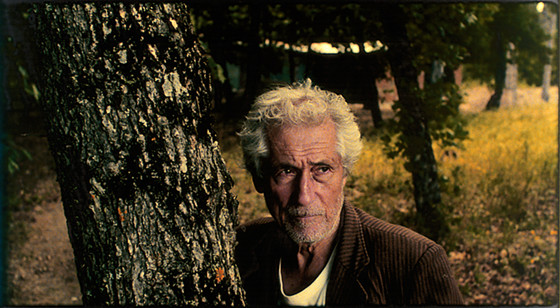
“Clouds of May” is the second part of Ceylan’s Village Trilogy. Having a structure of a film within a film, “Clouds of May” has very simple plot, telling about the problems of several characters. One of them is Muzaffer, who had returned to the hometown to shoot a movie, casting his parents as actors of the film.
The other crucial character is Emin, Muzaffer’s father, who is fighting against the government, which wants to crop the forest where Emin dedicated his life. The others are Saffet, the cousin of Muzaffer who’s hoping to quit the job in the fabric of the village and find new one with a higher salary in Istanbul, and little Ali, who believes that if he manages to carry an egg in his pocket for 40 days and doesn’t crack it, the most cherished of his dreams will come true.
By choosing these characters, Ceylan wants to show the situation in a contemporary Turkish village. He depicts three generation of villagers and the differences between them. While the older one still struggles to maintain his land, the younger one dreams of fleeing to the big city with big opportunities. As it regards the youngest generation, which in the film is presented through Ali, they still believe in miracles and only time will show if they are ready to fight for their land or the process of urbanization will win.
The film is dedicated to Anton Chekhov and bears a strong influence of the Russian writer, just like the other films by Ceylan. And as the director once said regarding this reference to Chekhov: “Whatever you write, Chekhov wrote something about it: every aspect of life, every kind of character. So if you have read all of the Chekhov stories, you remember them when you write the script and you like to inject it somewhere in the script. He gives you ideas like thunder in the mind.”
The film will be more interesting for those who are familiar with the previous films from the director. In the scenes where Muzaffer shoots his family members, the audience will easily recognize the locations and plights from “Cocoon” and “Kasaba”.